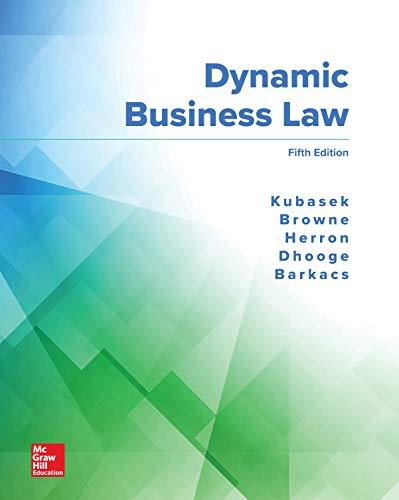Trevor and Karen Seaman were married on January 6, 2001. Shortly before their marriage, in November 2000,
Question:
Trevor and Karen Seaman were married on January 6, 2001. Shortly before their marriage, in November 2000, Trevor was diagnosed with cancer. Due to the risk of infertility that could be caused by chemotherapy, Trevor cryopreserved sperm prior to starting his treatments in November 2000. In May 2005, plaintiff and Mr. Seaman underwent in vitro fertilization (“IVF”), resulting in ten embryos, and out of the ten embryos, six were frozen. Trevor died on September 29, 2005. In August 2009, two of the frozen embryos were transferred to Karen’s uterus, and she gave birth to C.S. Karen and subsequently gave birth to another child named J.S. in the court records. Karen then filed applications with the Social Security Administration (SSA) for mother’s insurance benefits and on behalf of her children for survivor insurance benefits. An SSA administrative law judge denied these applications in August 2013. The basis for the denial was that neither C.S. nor J.S. was a qualified child for purposes of child’s survivor benefits under the Social Security Act as they were unable to take as Trevor’s intestate heirs, and Pennsylvania intestacy statutes did not recognize as a decedent’s heirs children born as a result of posthumously transferred cryopreserved embryos. Karen appealed. Pennsylvania state law did not address the treatment of children who were born as a result of posthumous frozen embryo transfer. What sources of law should the court take into account in making its determination? Are C.S. and J.S. heirs of Trevor despite the fact that they were born years after his death? Is this case evidence that the law has failed to keep up with modern science?
Step by Step Answer:

Dynamic Business Law
ISBN: 9781260247893
5th Edition
Authors: Nancy Kubasek, M. Neil Browne, Daniel Herron, Lucien Dhooge, Linda Barkacs





